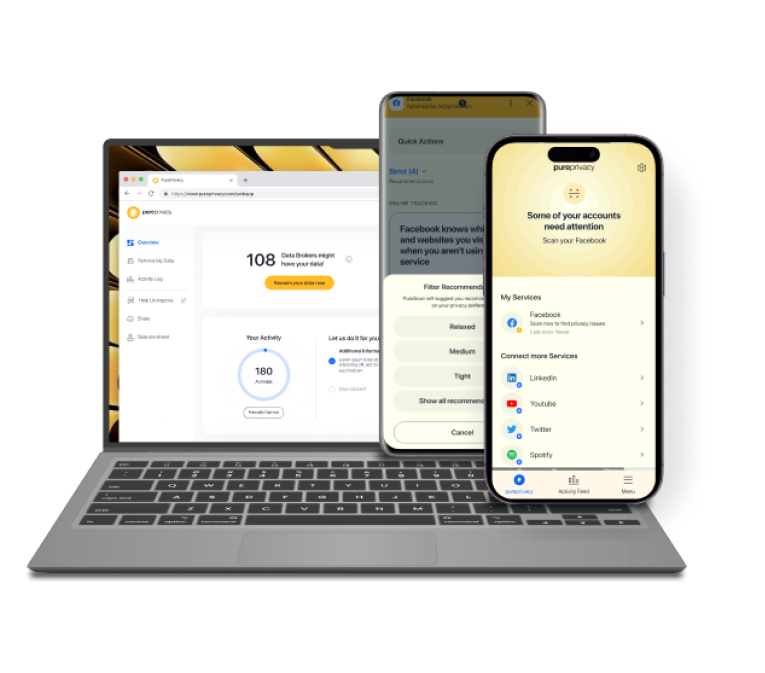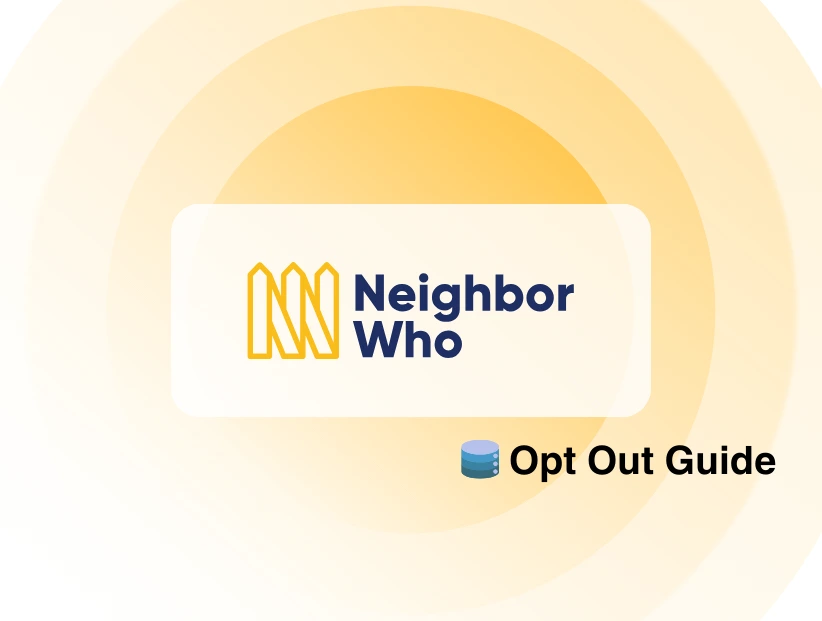Table of Content
Is your Facebook feed looking a little bare? Are you wondering why your comments aren't showing up? You might be restricted. The blog will help you know if someone has restricted you on Facebook in 2024 and what can you do about it.
6 Tried and Tested Methods to Know if Someone Restricts You on Facebook
While Facebook will not notify you if someone restricts your profile, you can typically tell based on several factors, including a lack of friends-only posts. So, let’s find out how you can get to know that someone has restricted you on Facebook.
- Go to the Profile
Check out your friend's profile. If asking your friend directly about the problem is not an option, going to their Facebook profile is the next best thing.
The "Restricted" list differs from the "Blocked" list in that restricted users can continue to view public posts and postings on mutual friends' pages from the person who blocked them.
- Find an Empty Spot
Look for an empty spot at the top of their profile. This usually indicates a gap between private and public posts.
If you have been limited, you will be unable to view the private posts, hence the space here.
Depending on when your friend posted their public postings, you may not notice a gap here even if you are restricted.
- Look For the Posts
Check to see if all of their posts are public. These will most likely show below any space. If there is a "Public" globe to the right of each post's date and time, that means you are not seeing their private posts.
- Missed Out Content
Look for an unusual lack of content. If you are unable to view images or other content that you were previously allowed to, you may have been restricted.
- Ask Another Friend
Ask a mutual friend to check your friend's Timeline. Even if you can't see private posts or old images, your friend may have just removed their old information and closed down their account to protect their privacy from all of their Facebook friends (not just you).
You can confirm this by having a common friend look at your friend's Timeline and let you know if they notice something that you don't.
- Communicate
Check with your friends to see if they have any restrictions on you. Because the "Restricted" list is so close to the custom list area, there is always the potential that the action was done incorrectly.
Being aware of whether someone has restricted you on Facebook can be useful, but it's critical to adopt a more proactive approach to internet security. Apps like PurePrivacy can be quite useful in this fight.
PurePrivacy enables you to take control of your social media presence while minimizing security threats such as identity theft and unwanted tracking by providing a privacy audit and data cleanup services.
What Does Facebook Restriction Function Do?
The Facebook restriction function allows you to limit the visibility of your posts to certain people on your friends list. This is useful if you want to share personal updates with close friends but not with acquaintances or colleagues.
When you restrict someone, they will only be able to see your public posts and profile information. They won't be able to see posts that you've shared with "Friends" or "Friends Except Acquaintances."
This feature is a great way to maintain privacy on Facebook without having to unfriend or block people.
Discover if Your Most Critical Identifiers Have Been Exposed on the Dark Web
Receive timely alerts and actionable insights with PurePrivacy's Dark Web Monitoring.
Frequently Asked Questions (FAQs)
-
How can I know if someone has restricted me on Facebook?

If you only view public posts, this is one of the first signals that you have been restricted. Next, go to the About section of their profile. If you can only access Public information on their About page, this is another indication that they have restricted you.
-
What does your Facebook look like when you restrict someone?

When you restrict someone on Facebook, they will only be able to see your public posts. This means they won't be able to see posts that you've shared with "Friends" or "Friends Except..." privacy settings.
-
How to tell if someone is hiding posts from you on Facebook?

Unfortunately, there's no direct way to tell if someone is specifically hiding posts from you on Facebook. However, there are a few indirect signs:
Reduced visibility of posts
Missing posts
Changes in friend list -
Can you tell if anyone has blocked you on Facebook?

Yes, there are a few signs that someone might have blocked you on Facebook:
If you try to view their profile and it's not there, or if you get an error message, they've likely blocked you.
If you used to have mutual friends with the person, but now they've disappeared from your friend list, it could be a sign of blocking.
If you try to message them and your message doesn't send or doesn't deliver, they may have blocked you. -
How can you tell if a non-friend is looking at your Facebook page?

Facebook doesn't provide a direct way to see who's viewing your profile, even for non-friends. However, there are some indirect clues:
If you notice a sudden spike in your profile views, it could indicate that someone is checking it out.
If your posts are getting more likes, comments, or shares than usual, someone may be actively monitoring your activity. -
How do you know if someone unfriended you on Facebook?

You can tell if someone has unfriended you on Facebook by checking their profile:
If you can no longer find their profile in your friend list or when searching for them, they've likely unfriended you.
If you can't send them direct messages, it's a strong indicator that they've removed you from their friend list.
Play Safe While Using Social Media!
Facebook does not notify you immediately if you are restricted. You can gather clues by reviewing their profile for signals, such as just seeing public postings and limited profile information, as well as having a common friend compare their profile views. Remember that these approaches aren't failsafe, so it's always better to focus on maintaining strong relationships and open communication rather than worrying about restrictions.






